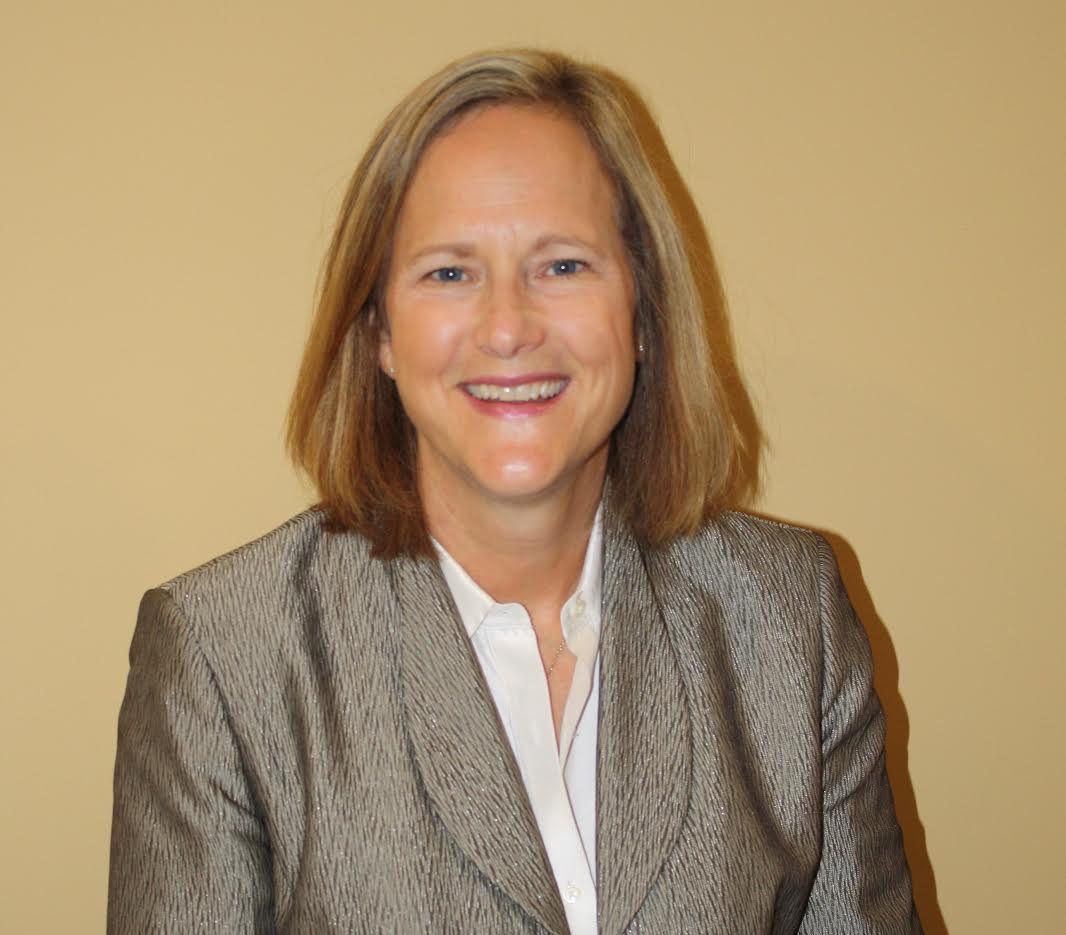No matter our age, gender, education, or career choice, we have one thing in common: we all waste perfectly good food. Have you ever left food you’ve been served on your plate (pizza crust or that last bite of cake)? If you answer no, then give yourself a fist bump! Take a closer look at your eating, cooking, and storing habits and I bet you’ll be surprised by the amount of food you actually dispose of, even with the best of intentions.
As a matter of fact, approximately 40 percent of all food produced in the United States goes to waste (A Roadmap to Reduce U.S. Food Waste by 20 Percent, ReFED 2016). This startling fact, in conjunction with U.S. Environmental Protection Agency (EPA) and the U.S. Department of Agriculture’s announced goal to reduce food waste by 50 percent in 15 years, has been the impetus to jump start an educational campaign to prevent wasted food. After all, when food is not eaten nearly all of it goes to the landfill where it creates methane, a potent greenhouse gas. In addition, all of the resources that went into planting, growing, harvesting, transporting, storing, and purchasing the food are squandered as well.
The EPA has developed this Food Recovery Hierarchy to prioritize action steps we can take to keep food from being wasted. Consequently, the focus of Hamilton County Recycling and Solid Waste District’s educational campaign is the prevention of wasted food as source reduction (reducing the volume of surplus food generated) is the most preferred action. The food we waste is actually surplus food. If we didn’t waste it, we would have more money or be able to share it and feed more hungry people. In fact, the average family of four spends $1,500 on food they never eat!
None of us purposely trashes food--we just don’t pay close enough attention to some important details. For instance, we are confused by date labeling, make a huge batch of something and get tired of eating it, prepare food leaving a large amount of edible material behind, eat at a restaurant and the serving-size is too large, or leftovers get lost in our refrigerator. From farm to table, food is lost at each step of the way, with the largest loss occurring in food service and at home. In fact, the food we waste at home accounts for 25 percent of the food we buy. (Source: Bloom, American Wasteland, 187)
What actions can we take to avoid wasting food? These simple steps are a great start:
Begin by taking note of what you are throwing away.
Before shopping, see what’s left in your refrigerator.
Create a weekly meal plan (including dining out).
Shop locally and for seasonal produce.
Buy “ugly” produce.
Prep ahead: Smart prep is prep now, eat later.
Create an “eat this first” area of your refrigerator.
Learn to store perishables for longest life.
Get educated on the fallacy of expiration dates.
Freeze.
Share.
More tips can be found at SavetheFood.com.
Hamilton County Recycling and Solid Waste District is piloting a Save the Food Campaign with the help of many partners. Perhaps you’ve seen the ads on Facebook or the video “The Extraordinary Life and Times of Strawberry”? Later in the year, we plan to extend our outreach and are developing programming to reach a broader audience.
Each one of us is a consumer of food and can decide to take control of our purchases. Beyond the home, many other factors need to be addressed to move the dial in the right direction. Gleaning food from the fields after the initial harvest, educating business owners on the donation protection provided by the Bill Emerson Good Samaritan Act, or training food service workers on proper handling and prepping are a few other important actions.
If you are interested in having us set up at your farmers market, would like to participate in a wasted food study or food recovery challenge, or would like to help spread the message, please email SavetheFood@hamilton-co.org.
Jenny Lohmann is a Program Specialist focusing on education outreach at Hamilton County Recycling and Solid Waste District. She assisted in planning and development of the region’s first Food Waste Forum and is a devout foodie.




